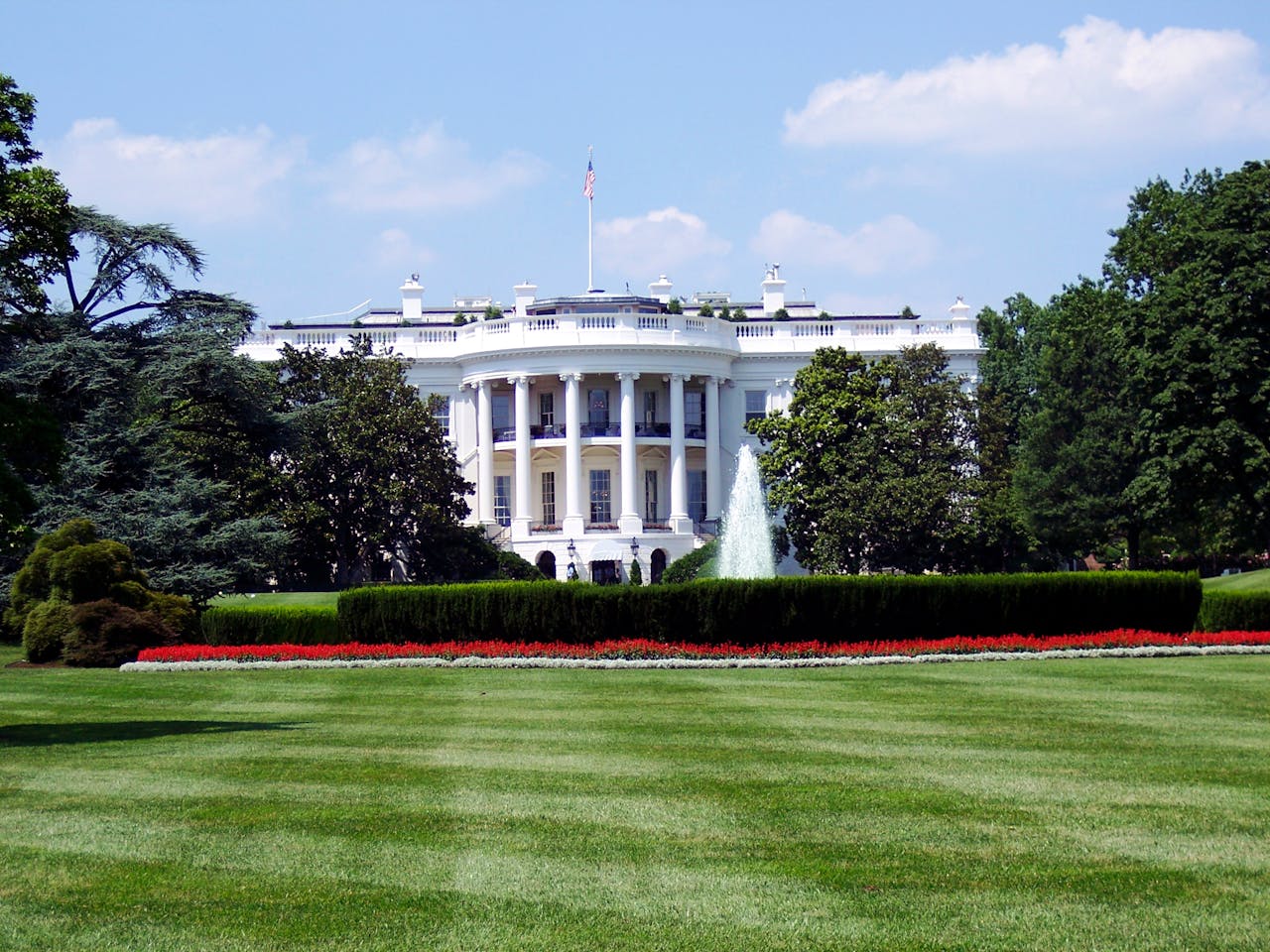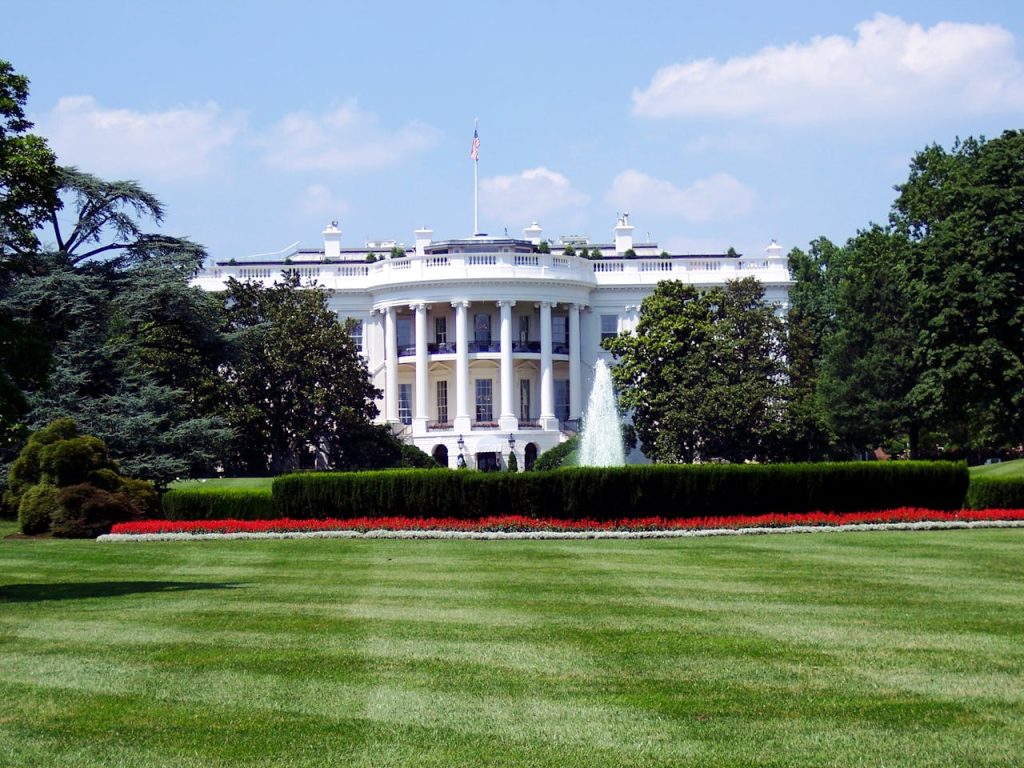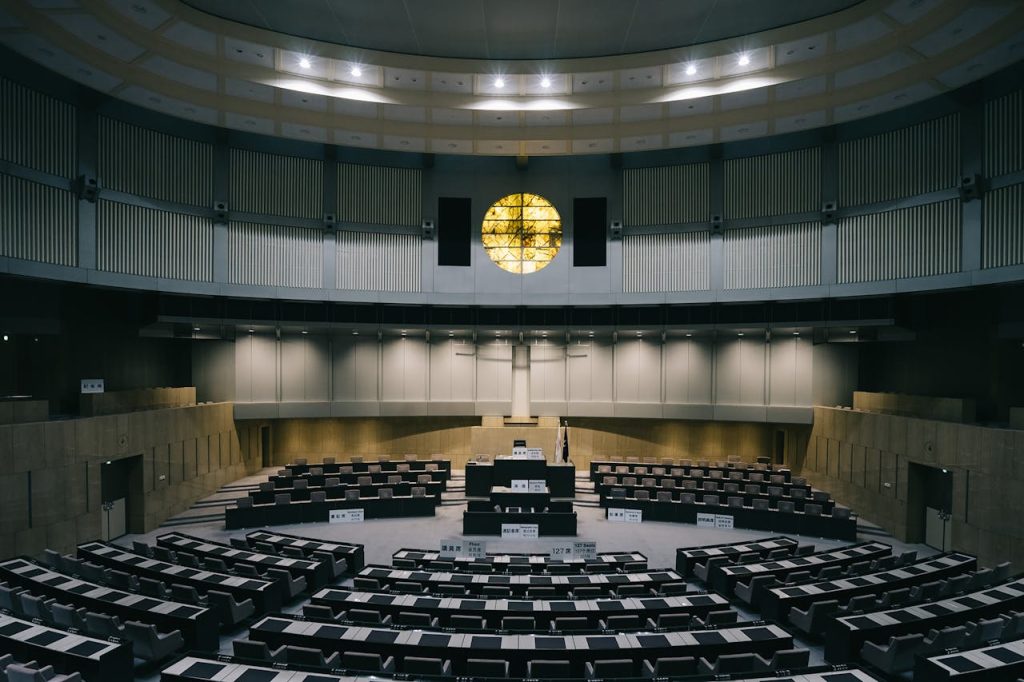Your cart is currently empty!
Was the U.S. Government Shutdown a Political Smokescreen? Inside the Theory Linking Budget Chaos to the Epstein File

On October 1, 2025, the U.S. federal government entered a shutdown, its first in nearly seven years, after a stopgap funding bill failed in the Senate. While the shutdown exposed the fractures of partisan gridlock, a fringe narrative has surged online: that the shutdown was engineered to block the release of Jeffrey Epstein related files, possibly connected to a final “218th signature” in Congress.
Here’s what is confirmed, what is speculative, and what it might all mean.

What Happened: From Funding Lapse to Shutdown
The shutdown began when the fiscal year ended on September 30 without Congress approving new appropriations. The House passed a stopgap bill, but the Senate rejected it, leaving the government without legal authority to spend. As Reuters noted, the failure was the culmination of months of partisan deadlock.
Without appropriations, the Antideficiency Act requires agencies to stop nonessential operations. Offices furlough staff, cancel contracts, and suspend services. The Office of Management and Budget had directed agencies to prepare contingency plans, which softened immediate chaos but could not prevent disruption once the lapse took effect.
The timing made the impact sharper. Because it coincided with the start of a new fiscal year, no department had fresh funds to carry forward. The Congressional Research Service warned that each day without appropriations compounds strain, from delayed paychecks to suspended grants, and restarting operations can take weeks even after funding is restored.

This shutdown differs from past ones that revolved around a single policy fight. Analysts point out that disputes ranged from spending caps to procedural battles over amendments, making compromise more difficult and the breakdown harder to resolve quickly.
The Political Blame Game
The political fallout has turned into a battle over responsibility. President Trump and Republican leaders accuse Senate Democrats of intentionally blocking a funding extension to weaken the administration ahead of elections. Republicans portray the deadlock as proof Democrats prefer gridlock to fiscal restraint. Trump reinforced that narrative in speeches and posts, framing the shutdown as a loyalty test for Congress.
Democrats argue the administration engineered the standoff by attaching controversial provisions to the funding bill, knowing they would fail. As NBC News noted, they pushed for a short term resolution while Republicans demanded deep cuts and policy riders, ensuring no deal could advance. Internal Republican fractures added pressure, with hardliners pushing for ideological wins on unrelated issues and moderates warning of economic damage.
Trump has also used the moment to project control while diverting attention from other controversies. He hinted at using the standoff to reorganize agencies led by political rivals. This dual strategy lets him appear decisive while consolidating authority.

Public sentiment remains sour. Most Americans view shutdowns as political failures, not displays of leadership. Both parties risk backlash if the standoff drags on, but Trump faces particular scrutiny as voters tire of instability tied to partisan brinkmanship.
In the end, the blame game reflects the deeper paralysis of U.S. politics, where appearing strong matters more than resolving conflict. Each side guards its narrative, even as the shutdown erodes public trust and underscores how governance has become a contest of optics rather than policy.
The Conspiracy Theory: “We Are One Signature Away”
As the shutdown deepened, online discussions began linking it to the unresolved saga of Jeffrey Epstein’s secret files. The theory originated with investigative journalist Amber Woods, who posted on X: “For the record, we are one signature away from exposing Epstein’s network… cue the government shutdown.” Her remark referred to Representative elect Adelita Grijalva of Arizona, whose pending signature on a discharge petition could have forced a congressional vote requiring the Justice Department to release remaining Epstein documents.
For the record, we are one signature away from exposing Epstein’s network…cue the government shutdown.
— Amber Speaks Up (@AmberWoods100) September 30, 2025
Grijalva’s delayed swearing in became the focus. She had won a special election and was prepared to take office, but Speaker Mike Johnson postponed the oath, citing procedural timing. Grijalva wrote that the delay left Southern Arizonans “without a voice in Congress” and questioned whether politics was behind the decision.Her signature would have been the decisive 218th needed to bring the Epstein files to a vote within two legislative days once the House resumed session.
Social media quickly filled with claims that the shutdown was engineered to prevent that signature. One viral comment read, “It’s because they don’t want you to be the deciding vote on the discharge petition to release the Epstein Files. Right @SpeakerJohnson?” Such posts captured widespread suspicion that routine procedure had been turned into a tool to delay transparency.
Although the claim lacks proof, parts of it rest on verifiable inconsistencies. Two Republican members were sworn in during pro forma sessions earlier in the year, raising questions about why Grijalva was treated differently. The delay effectively froze progress on the petition until at least mid October, when legislative business could resume.
The Epstein link resonated because of long standing mistrust toward government secrecy. Epstein’s death and the continued redaction of related documents have fueled suspicion that powerful figures remain shielded. Only one third of the files have been made public, with many heavily censored, giving conspiracy narratives fertile ground.
In short, the “one signature away” theory gained traction because it tied procedural delay to public frustration over transparency. Whether coincidence or calculated obstruction, the shutdown provided the perfect backdrop for skepticism to thrive, reinforcing the perception that Washington protects its own when accountability is at stake.
Plausibility vs. Evidence
Assessing the claim requires separating what can be documented from what is inferred. There is no direct documentary proof that the shutdown was timed to block a vote on Epstein related records. Major coverage of the budget lapse cites funding disputes and failed negotiations, not an Epstein motive. In evidentiary terms, the theory rests on timing and circumstantial alignment rather than on emails, memos, sworn testimony, or public statements that would establish intent.
What can be verified is the chain of events that gives the theory oxygen. Representative elect Adelita Grijalva was not sworn in immediately, despite prior instances in which members were seated during pro forma sessions. Her signature would have supplied the two hundred eighteen threshold for a discharge petition on Epstein related records.

House procedure also matters for weighing plausibility. A discharge petition needs two hundred eighteen signatures and must sit for seven legislative days before it can be called up, after which the House must give it priority within two legislative days. Those rules are summarized by the House Clerk. A protracted pause in legislative days delays that clock, so a shutdown that limits regular floor activity can slow the path to a vote even without an explicit order to stop it. This is a structural effect, not proof of intent.
The record therefore points to a mixed picture. The delayed seating and the petition arithmetic are real and politically salient, and they make the shutdown’s timing look advantageous to opponents of disclosure. At the same time, the absence of primary evidence of motive and the existence of well documented budget conflicts argue against a definitive conclusion that the shutdown was orchestrated for this purpose. Until there is internal correspondence, a directive, or testimony that links decision makers to a plan to stall the Epstein vote, the claim remains an inference drawn from sequence rather than a finding grounded in proof.
What to Watch in the Coming Days
The next phase turns on procedure and sequencing. First, watch whether and when Adelita Grijalva is administered the oath during the first full meeting of the House. If she is seated, observe whether she proceeds directly to sign the discharge petition at the Clerk’s desk. The Clerk maintains a public tally of signatures on the official discharge petition page, which will reflect any change in real time.
Second, track how leadership structures legislative days. Discharge petitions mature based on legislative days rather than calendar time. Extended recesses, brief sessions, or abrupt adjournments can alter that count and therefore the earliest moment the petition can be called up. Close attention to the daily floor schedule and the timing of gavel in and gavel out will reveal whether the calendar is being managed to accelerate or slow the petition’s path.

Third, watch for procedural countermeasures. The Rules Committee or party leaders may move alternative vehicles to occupy the docket, float a competing transparency proposal, or set a closed rule that prioritizes other business. Any of these signals an effort to redirect floor pressure away from the petition even if the signature threshold is met.
Fourth, pay attention to committee activity related to records. Notices of hearings, transmittal letters, or indexes of productions from the Justice Department would indicate a parallel avenue for document disclosure. A formal notice from Judiciary or Oversight to the Department of Justice, or a public release of a production log, would be meaningful indicators of progress independent of a floor vote.
Finally, follow public commitments by undecided members. Statements from moderates in both parties that they will sign or oppose the petition can change the leverage calculus. Coordinated letters, whip counts shared with the press, and endorsements or withdrawals by key caucuses are often early markers of whether the petition will advance or be quietly set aside.
Between Speculation and Structural Leverage
Whether intentional or not, the shutdown has intersected with a volatile narrative: the Epstein files. The coincidence of Grijalva’s delayed swearing in and her potential deciding vote fuels suspicion that government paralysis is not just about budgets, but about transparency and accountability.

In the absence of direct evidence, the claim remains speculation, but speculation that resonates because it taps into deep public distrust of institutions. Even if unfounded, it illustrates how procedural tools like shutdowns can be wielded in ways that compromise democracy itself.
